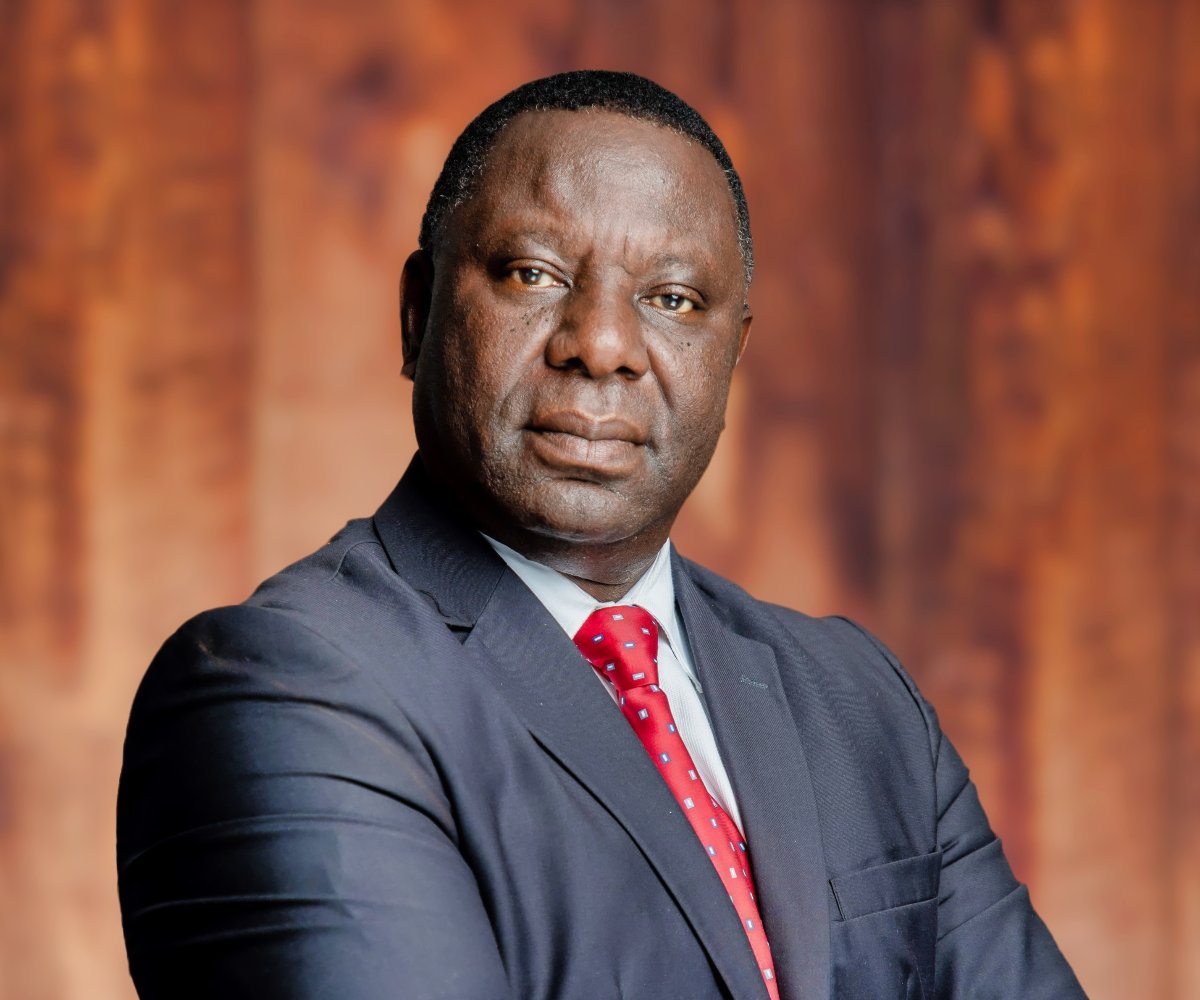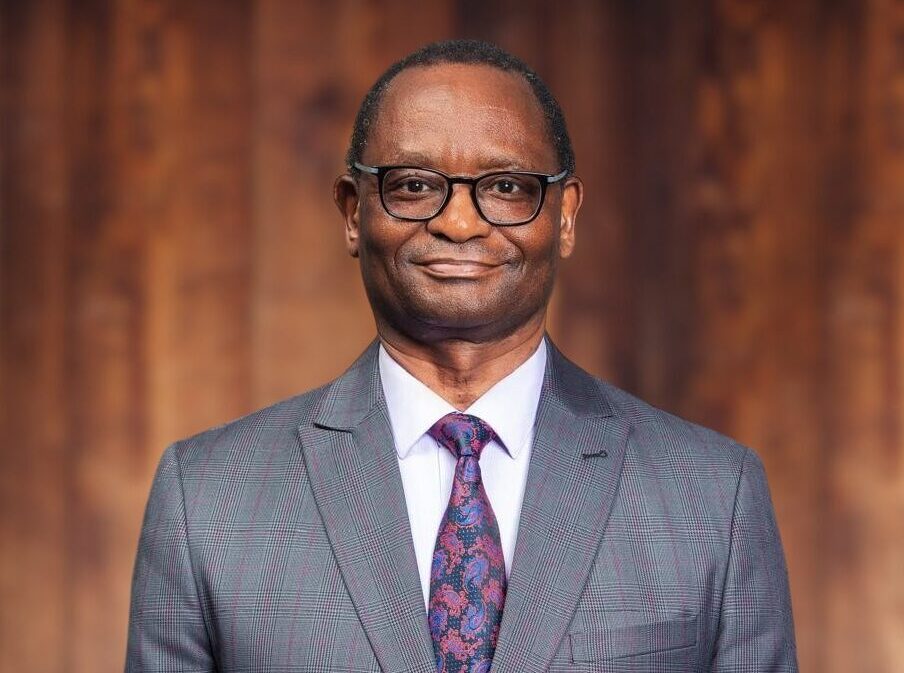
Corporate Governance
Corporate governance which provides the means to fostering values of fairness, accountability, responsibility and transparency, stands at the core of the Bank’s endeavor to realise its vision and mission. Zanaco has embedded the concept of corporate governance through the development of a clear governance framework, which has increased the level of governance in the organisation and has led to increased independent scrutiny in decision-making and the alignment of the organisation to a robust legislative and ethical framework, to improve the organisation’s corporate governance culture constantly.
The number of corporate failures in a highly competitive operating environment underscores the need for increased focus on corporate governance. The Bank has continued to ensure that appropriate governance frameworks are in place to ensure best practice at all times.
Board of Directors
The Board Charter
The Group acknowledges the importance of maintaining communication and engagement with its stakeholders. This ensures that stakeholders are kept up-to-date on the Group’s goals and performance as well as alerting the Group to its stakeholders’ points of interest. The Group provides various platforms for stakeholders to directly communicate with our Board of Directors. These include the Annual General Meeting, press announcements of interim and year-end annual results, investor briefings, meetings, annual reporting to shareholders and exercise of shareholders’ voting rights through proxy forms. Our website contains a vast array of updated operational and financial information which can be easily accessed by all stakeholders.
Committees
In line with good corporate governance, the Board has well established committees to assist in carrying out its duties. At present there are six committees, being Audit; Risk Management and Compliance; Credit; Loans Review; Nominations and Governance and Human Capital; and Technology, Service Delivery (Operations) and Innovation.
Board Responsibilities
The Board performs its oversight role, while also providing strategic direction to Executive Management. All Board appointments are subject to a fit-and-proper test by the Central Bank, while Shareholder approval is sought for the nomination of new Directors at Annual General Meetings.
The role of the Chairperson is to ensure that there is the right balance on the Board, with the requisite industry knowledge and to lead and manage the work of the Board to ensure the Board’s efficient and effective discharge of its legal and regulatory responsibilities.
In keeping with best practice, the activities of the Board are planned and documented. These may include engagement with third parties, such as Pension Fund Managers and Organisational Development Consultants to get deeper insights into the relevant changes to legislation and market trends.
The Board agrees on its Annual Plan which includes a Strategy Session, review of the Succession Planning, Budgeting and Performance Review for Senior Executives. The Chairperson, with assistance of the Chief Executive Officer and Company Secretary, ensures that the Directors are provided with timely information to facilitate an interactive dialogue during Board sessions.
To ensure transparency, the activities of the Board are documented and planned. Although the Board has the ultimate responsibility for the success of the Bank, this is managed on a delegated basis.
The Board ratifies the appointment of the Chief Executive Officer and monitors his or her performance in leading the Bank and providing operational and performance management in delivering the Strategy. The Chief Executive Officer provides a regular report to the Board that includes information on financial performance of the Bank and the achievement of financial objectives, operational matters, the operating environment, strategic development, corporate social responsibility, human resource and stakeholder relations.
The Board promotes good behavior and demonstrates clear values and high ethical standards, being mindful of the overriding duty of each Director to act in good faith and promote the success of the bank. The Board has a planned programme for each financial year to ensure that all necessary matters are covered and to also allow for sufficient debate and challenge.
The Board continues to guard against the risk of complacency by encouraging openness and appropriate levels of challenge. While engaging with Management both formally and informally, the Board strives to ensure that it remains sufficiently detached to maintain its independence. The Bank has put in place a formal induction process for new Board members that takes into account the different backgrounds and experience of each Director. New Board members are properly inducted into the Bank’s policies and procedures to ensure that they are well versed with the governance structures which have been developed over the years.
The Board performs its oversight role, while also providing strategic direction to Executive Management. All Board appointments are subject to a fit-and-proper test by the Central Bank, while Shareholder approval is sought for the nomination of new Directors at Annual General Meetings.
The role of the Chairperson is to ensure that there is the right balance on the Board, with the requisite industry knowledge and to lead and manage the work of the Board to ensure the Board’s efficient and effective discharge of its legal and regulatory responsibilities.
In keeping with best practice, the activities of the Board are planned and documented. These may include engagement with third parties, such as Pension Fund Managers and Organisational Development Consultants to get deeper insights into the relevant changes to legislation and market trends.
The Board agrees on its Annual Plan which includes a Strategy Session, review of the Succession Planning, Budgeting and Performance Review for Senior Executives. The Chairperson, with assistance of the Chief Executive Officer and Company Secretary, ensures that the Directors are provided with timely information to facilitate an interactive dialogue during Board sessions.
To ensure transparency, the activities of the Board are documented and planned. Although the Board has the ultimate responsibility for the success of the Bank, this is managed on a delegated basis.
The Board ratifies the appointment of the Chief Executive Officer and monitors his or her performance in leading the Bank and providing operational and performance management in delivering the Strategy. The Chief Executive Officer provides a regular report to the Board that includes information on financial performance of the Bank and the achievement of financial objectives, operational matters, the operating environment, strategic development, corporate social responsibility, human resource and stakeholder relations.
The Board promotes good behavior and demonstrates clear values and high ethical standards, being mindful of the overriding duty of each Director to act in good faith and promote the success of the bank. The Board has a planned programme for each financial year to ensure that all necessary matters are covered and to also allow for sufficient debate and challenge.
The Board continues to guard against the risk of complacency by encouraging openness and appropriate levels of challenge. While engaging with Management both formally and informally, the Board strives to ensure that it remains sufficiently detached to maintain its independence. The Bank has put in place a formal induction process for new Board members that takes into account the different backgrounds and experience of each Director. New Board members are properly inducted into the Bank’s policies and procedures to ensure that they are well versed with the governance structures which have been developed over the years.

















